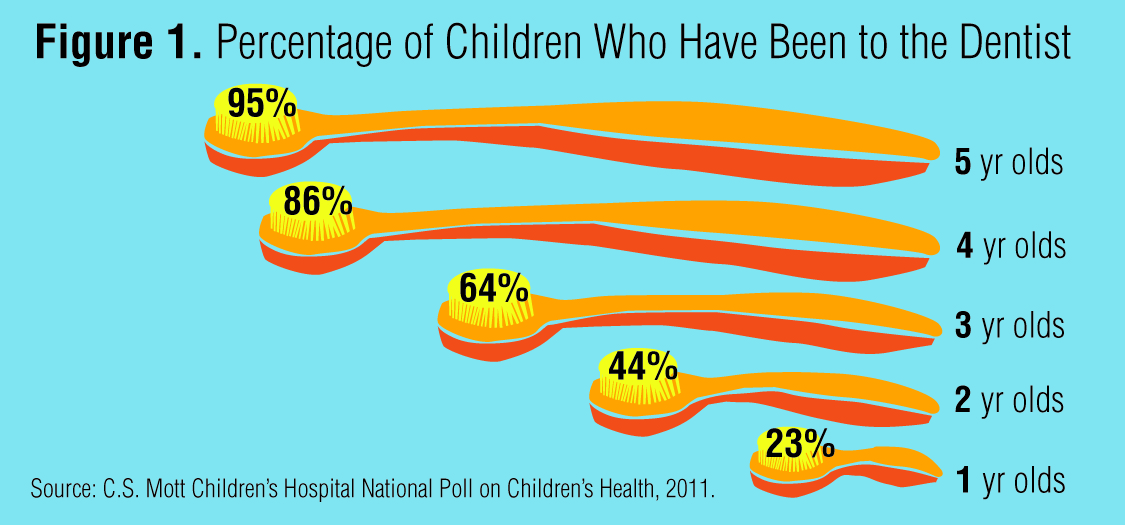The Innovation Of Dental Surgery: Pioneering Innovations And Proceeds Defining The Field
The Innovation Of Dental Surgery: Pioneering Innovations And Proceeds Defining The Field
Blog Article
Post Author-Bendixen Jonasson
Invite to the globe of oral surgery, where advancements and advances are forming the future of the area! In https://www.businesswire.com/news/home/20221026005471/en/Align-Technology-Announces-Third-Quarter-2022-Financial-Results , you'll witness the transformative power of robotics, the sophisticated marvel of 3D printing, and the game-changing influence of minimally intrusive strategies.
The future of oral surgery holds a promise of precision, effectiveness, and boosted person outcomes. With the help of innovative robotics, surgeons are able to perform intricate treatments with better precision and control.
3D printing innovation is changing the production of oral implants and prosthetics, using tailored services that fit flawlessly into each individual's unique composition.
Additionally, minimally intrusive techniques are decreasing post-operative pain and recovery time, enabling people to go back to their every day lives sooner.
Prepare yourself to check out the exciting developments and developments that are reshaping the landscape of oral surgery!
Innovations in Robotics
One major advancement in dental surgery is making use of robotic modern technology, which allows for exact and efficient procedures. With the help of robot systems, dental surgeons have the capability to do complicated surgeries with boosted accuracy, decreasing the threat of human mistake.
These robot systems are equipped with sophisticated imaging technology and specific instruments that allow cosmetic surgeons to navigate with detailed physiological frameworks with ease. By utilizing robot innovation, doctors can achieve greater surgical precision, leading to improved client outcomes and faster recovery times.
Additionally, the use of robotics in dental surgery allows for minimally intrusive procedures, minimizing the trauma to bordering cells and promoting faster healing.
3D Printing in Oral Surgery
To improve the field of dental surgery, you can explore the subtopic of 3D printing in oral surgery. This innovative technology has the possible to revolutionize the method oral surgeons operate and treat people. Here are four essential methods which 3D printing is forming the area:
- ** Personalized Surgical Guides **: 3D printing allows for the production of extremely accurate and patient-specific surgical overviews, boosting the precision and effectiveness of treatments.
- ** austin sleep apnea **: With 3D printing, dental doctors can develop tailored implant prosthetics that completely fit a client's distinct anatomy, resulting in much better end results and person complete satisfaction.
- ** Bone Grafting **: 3D printing enables the manufacturing of patient-specific bone grafts, lowering the need for traditional grafting strategies and improving healing and recovery time.
- ** Education and Training **: 3D printing can be utilized to produce practical surgical models for educational functions, enabling dental doctors to exercise complicated treatments prior to doing them on clients.
With its potential to boost accuracy, customization, and training, 3D printing is an amazing growth in the field of dental surgery.
Minimally Intrusive Techniques
To additionally advance the area of oral surgery, accept the capacity of minimally intrusive techniques that can significantly benefit both surgeons and people alike.
Minimally intrusive techniques are changing the area by minimizing surgical injury, reducing post-operative discomfort, and increasing the recovery procedure. These strategies entail making use of smaller sized lacerations and specialized instruments to perform procedures with precision and performance.
By using sophisticated imaging innovation, such as cone beam of light computed tomography (CBCT), specialists can accurately prepare and execute surgeries with very little invasiveness.
Additionally, using lasers in dental surgery permits exact tissue cutting and coagulation, causing lessened blood loss and decreased healing time.
With minimally intrusive methods, patients can experience quicker recuperation, reduced scarring, and improved outcomes, making it a necessary facet of the future of dental surgery.
Final thought
So, as you can see, the future of dental surgery is incredibly encouraging, with amazing innovations and advancements shaping the field.
From the innovations in robotics to making use of 3D printing and minimally intrusive methods, dental doctors are reinventing the method they provide treatment.
While some might fret about the possible expense connected with these developments, it is necessary to remember that these modern technologies ultimately improve client outcomes and decrease healing time, making them well worth the investment over time.
